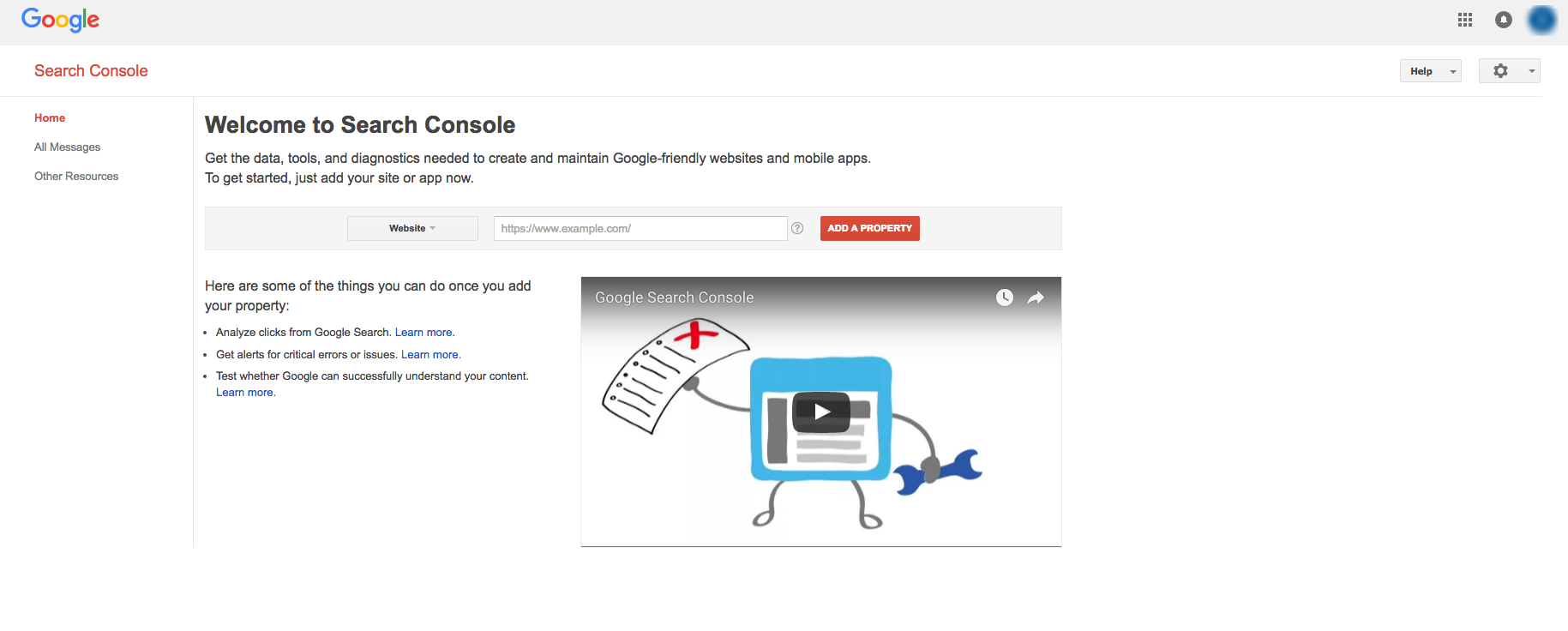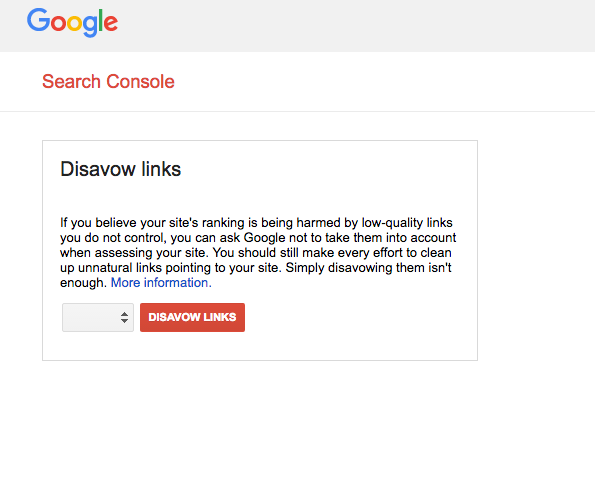Know When to Let Go: How to analyze your link portfolio and decide which links to disavow and which to keep.
BY Dexter Tam

LISTEN
For search engine marketers, link-building is one of the cornerstones of increasing PageRank. Link-building is the process of accruing links that are pointed back to the link-builder’s site. And PageRank is the benchmark of what, in Google’s opinion, constitutes a quality website. Typically, a site linking back to you is considered a vote of confidence for your site. Because of this, Google keeps a strict guideline regarding incoming links to your site.
There are instances when link-building efforts are detrimental to the overall strength of a website. You may have amassed links that are considered poor quality by Google. The amount of time and work spent on acquiring these links may make them hard to let go, but in this scenario, sometimes walking away is the best solution.
Introduction to disavow
Google’s disavow tool was launched in October 2012, with the goal of letting webmasters annul adverse links that Google may have previously overlooked. There are three reasons to remove links pointing to your website: a manual action, a drop in ranking due to Google’s Penguin algorithm or preemptive link-portfolio maintenance.
If your website was sent a manual action, address this before using the disavow tool. If you discover a spammy link, try emailing the webmaster responsible to remove the link that is pointing to your site. Google’s disavow tool should only be used as a last resort. If links are disavowed incorrectly or hastily, doing so could impair your website’s search ranking instead of improving it.
How disavowing contributes to SEO
With each link counting as an endorsement of your law firm’s website, your site quality is tethered to the reputation of your endorsers. This is very similar to a political campaign. An endorsement from a respected American hero increases confidence in the candidate while an endorsement from a convicted criminal would work against the candidate.
There is also the possibility of sabotage where a competitor will hire a negative SEO company that will purposely link hundreds, maybe thousands of spam links to your site. This will drastically lower your search ranking. Without concrete evidence, legal action may be unavailable. Google’s disavow tool can help negate this effect.
The disavow tool tells Google to disregard the list of links you submit (therefore denouncing their endorsement). If your site’s declining search rank is due to a questionable link portfolio or if you received a manual action, disavowing may improve your ranking.
How to disavow

In order to disavow, you must first get the list of incoming links that are pointing at your website. To do this, log in Google Search Console. Click on the website to which you wish to disavow links. Go to the Search Traffic tab and proceed to Links to your Site. You should see three lists: Who links the most, Your most linked content and How your data is linked. Click more on Who links the most and click the tabs “Download more sample links” and “Download latest links.”
Now comes the tedious part: analyzing your list of incoming links and finding links that seem suspicious.
A broad guideline of what could be construed as suspicious would be:
- A site that is blatantly spam
- A site that is specifically created for search engine optimization, such as keyword stuffing
- A site that has no relation to your website’s objective or services
- A site that would get you in trouble with HR if you were personally viewing it
If there are URLs you are on the fence about, it is safer to leave them alone.
Because of the repercussions of disavowing possibly good links, it is imperative to personally audit your list of links. This will take time, but it can possibly ensure you do not disavow links that are beneficial to you. Keep a list of URLs as you work in a text file.

Some sites will have hundreds of links pointing towards your site. If this is the case, and these sites are considered suspicious, it is more efficient to disavow them on a domain level. Keep your list of domains to disavow in a text file (.txt), like that shown here.

When you have finished inspecting the list of links and are ready to disavow, go to Google Disavow Tool and click disavow links twice. Choose the file your disavow list is kept in and submit.
If the upload of your disavow file was successful, you will receive an email. Most of the time, if a disavow submission is unsuccessful, it is due to a formatting error. Make sure your text file is formatted to plain text as opposed to rich text. It may take some time for Google to implement the disavow file. You may not notice a change immediately.
Bing also has its own disavow tool that affects its and Yahoo’s search engine. It is similar to Google’s except you do not need to upload a text file. You simply login to Bing’s Webmaster Tools, go to “Configure my site” and choose “Disavow Links.” Use the dropdown menu to express whether you’re disavowing a domain, page, or directory URL. Enter the URL you wish to disavow and click Disavow. You will see the URL, type and date at the bottom of the tool.
Disavowing links may save your website’s search ranking. It can possibly reduce loss of revenue and exposure due to that drop. However, the disavow tool is a powerful and potentially double-edged sword. Letting go of a bad link can give you a boost but disavowing a good link can give your competitors an advantage.
LATEST STORIES



